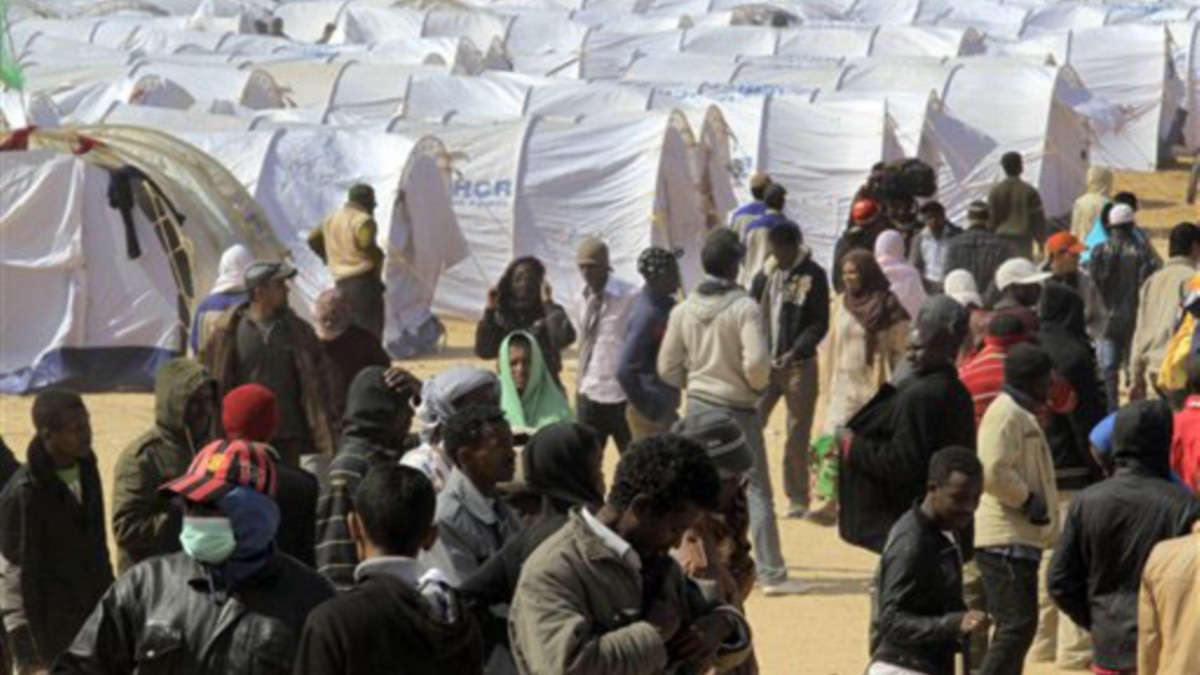According to statistics, those who migrate across local and regional boundaries in search of livelihoods suffer the humiliation of being permanently treated as outsiders in their host society. Workers are often depicted as the protagonists of tragic events on television screens, highlighting the gap between their contributions and the recognition they receive. Despite being the force behind the nation’s infrastructure, their role is rarely acknowledged in the discourse of national greatness. Often left unprotected due to policy void Although the migrant workforce contributes significantly to visible signs of national pride, there is a severe lack of policies governing their rights.
Migrant workers, a significant but vulnerable segment of India’s unorganized workforce, are often left out of social protection systems. Despite decades of legal frameworks and recommendations, their access to social protection has remained inadequate. Despite provisions in the Interstate Migrant Workers Act, 1979, and recommendations for worker registration by the National Commission for Enterprises in the Unorganised Sector (2007) and the Unorganised Workers Social Security Act (2008), migrant workers remained largely invisible in official databases until the e-SHRAM portal. While over 300 million workers are registered on the e-SHRAM portal, most of them have not been integrated into social protection schemes. Seasonal and circular migrants face unique challenges, including deprivation, stigma, trafficking, and poor access to public services. Their high mobility complicates the delivery of social protection. Many workers lack digital literacy or access to tools needed for e-SHRAM registration and benefit tracking, especially in rural areas. There is often inconsistent implementation of welfare schemes across states, leading to coordination problems that undermine the portability of benefits.
Existing welfare schemes such as MNREGA, PM Shram Yogi Maandhan, and One Nation One Ration Card often work in silos, creating barriers to seamless access for migrant workers. The e-Shram portal, launched in 2021, aims to create the world’s largest national database of unorganized workers. It has over 300 million workers registered, including a significant proportion of migrants. It facilitates better identification and targeting of workers for welfare schemes. However, it is primarily a “registration drive” with limited focus on inclusion in social security. The e-Shram portal, launched in 2024, seeks to bridge the gap between registration and access to social security by integrating various welfare schemes with the e-Shram portal. Its benefits include a unified approach, portability of benefits, and a transparent and worker-friendly process. However, concerns include limited coverage of existing schemes, lack of awareness among workers, and poor interstate coordination. The e-Shram portal and OSS are a significant step towards addressing the social security challenges faced by migrant workers. However, their success depends on overcoming implementation bottlenecks, ensuring seamless interstate coordination, and raising awareness among workers.

According to statistics, those who migrate across local and regional boundaries in search of livelihoods suffer the humiliation of being permanently treated as outsiders in their host society. Workers are often depicted as the protagonists of tragic events on television screens, highlighting the gap between their contributions and the recognition they receive. Despite being the force behind the nation’s infrastructure, their role is rarely acknowledged in the discourse of national greatness. Often left unprotected due to policy void Although the migrant workforce contributes significantly to visible signs of national pride, there is a severe lack of policies governing their rights.
The Inter-State Migrant Workmen Act, 1979, is the only legislation that attempts to meet the needs of this huge population.
However, its provisions for housing, health care, minimum wages, and prevention of discriminatory practices often remain incomplete.
Migrant workers are treated like a job machine without considering their humanity. Government systems often do not care about the specific challenges and changes faced by migrant workers.
Migrant workers not only lack legal protection but also have to struggle in the hostile environment of the city. Cities rely on migrant workers for construction, such as roads and buildings, but these cities do not have adequate support for the basic human needs of these migrant workers. There is no healthcare, financial support, decent places to live, safety measures, or childcare facilities. This leaves migrant workers to fend for themselves. The plight of children of migrant workers in urban areas is particularly worrying. Infants are left in the care of older children who themselves do not have access to meaningful educational activities. This creates a cycle of disadvantage, where the lack of educational opportunities hinders their ability to break free from the hardships faced by their parents.
For migrant workers, a broken limb often signals the end of a working life. There is rarely adequate support or medical care available for workplace injuries. Injured workers are forced to return home and try to access available health care, as rapid and adequate access to medical facilities is rarely available in urban areas. The need for seasonal migration from villages to urban areas further compounds the challenges faced by migrant workers. Urban housing conditions are often very poor, making the city climate an additional source of misery.
The grim realities of life beyond work for migrant workers demand urgent attention and comprehensive solutions. Thoughtful urban planning must go beyond workplaces to encompass the full spectrum of migrant workers’ lives, ensuring access to not just employment but also dignity, education, and healthcare. The neglect of educational opportunities for children, the lack of support for injured workers, and the unfavorable conditions of urban housing require targeted policies. This underscores the need for policies to address the specific challenges faced by migrant workers. Instead of simply celebrating their diversity, concerted efforts must be made to understand and meet their specific needs. This requires a move away from a single policy approach to nuanced policies that consider the complexities of the migrant labor force.






